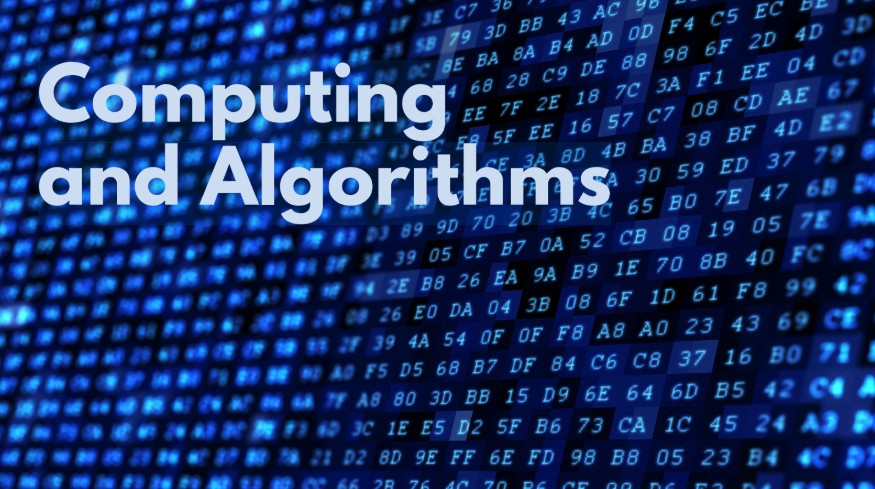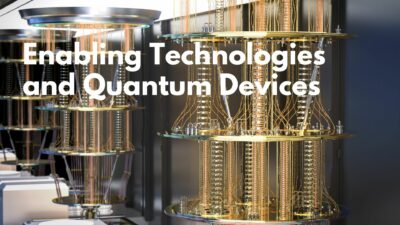Researchers at the Joint Quantum Institute (JQI) have successfully demonstrated spin-orbit coupling in ultracold atomic gases for the first time. The technique, which involves using lasers to manipulate the relationship between an atom’s energy and momentum, opens up new possibilities for studying fundamental physics and has potential applications in quantum computing, spintronics, and atomtronic devices.
The researchers cooled a gas of rubidium-87 atoms to 100 nanokelvins and used lasers to create spin-orbit coupling between two energy states, analogous to the “spin-up” and “spin-down” states in an electron. This allowed them to observe how the atoms’ motion affected their internal properties, and vice versa.
One unexpected result was that atoms in one energy state began to repel atoms in the other state, causing them to separate. This could have implications for studying novel forms of superconductivity, particularly “p-wave” superconductivity, which may enable topological quantum computation.
The technique could also be applied to fermions, the other major class of particles, which would make them ideal for studying new kinds of interactions between particles. This could lead to the development of topological insulators in their purest form, as gases are free of impurities and other complexities of solid materials.
Keywords: spin-orbit coupling, topological insulators, ultracold atoms, quantum computing, fermions


